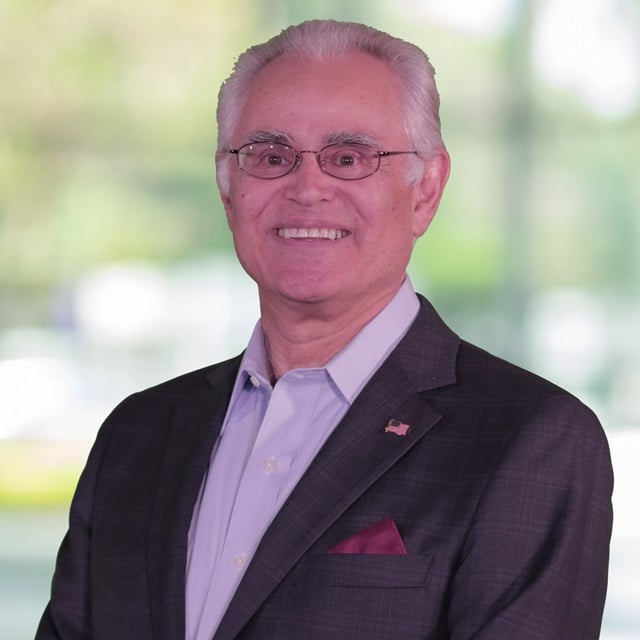As millions of American baby boomers and retirees grapple with the challenge of creating a secure income stream that may need to last 30 years or more into retirement, there is one area that must be at the forefront of every discussion: the potentially devastating impact of health care costs. This distinct paradigm shift in addressing health care is occurring in investment arenas across the country, as advisors, financial services executives and retirement industry thought leaders are starting to realize the importance of accounting for this variable in the retirement planning process.
Admittedly, I first came to this realization when I began taking care of my parents after they retired. I was unprepared for the exorbitant out-of-pocket medical costs that began to accumulate. There was a $2,000 hearing aid for my father, and twice-weekly ambulance trips for my mother's dialysis treatment — not to mention $200-per-visit quarterly teeth cleanings recommended by their dentist. I had been lulled into a false sense of security, as millions of others currently are, that Medicare would cover these expenses. As I reflected upon my experience in financial services, I also knew that the very professionals who could have helped defray these costs were unaware of their true impact.
Given the seemingly endless scope of rising health care costs, it is the obligation of the financial services industry to provide the tools, products and personalized support to help Americans plan for a stable retirement. As the industry begins to move in the direction of a wealth/health connection, the firms that offer simple and direct solutions, embrace advisor training and integrate health care cost planning into a comprehensive retirement strategy will ultimately become the new industry leaders.
What's the reality?
Health care costs can fluctuate greatly and will vary depending on the client's age, health, lifestyle and when they begin Medicare coverage. For example, according to HealthView's actuarial calculations, a healthy 65-year-old couple with Medicare coverage retiring in 2009 (with a life expectancy of 85) will need over $280,000 to cover medical expenses in retirement. However, if one spouse is diagnosed with Type 2 Diabetes, the couple's health care costs will increase from $280,000 to $320,000. What happens if they both live to age 88? They will incur an additional $110,000 in medical expenses.
Let me provide another example to put some of the data into perspective. John and Mary are 57, married, healthy and plan to retire in ten years. John will likely live to 85 and Mary to 89. They will be fully insured with Medicare Parts A, B and D, as well supplemental insurance. Their out-of-pocket health care expenses during the course of their retirement will be approximately $587,000. To cover this, they will need $322,699 at the point of retirement growing at 5 percent per year. Remember: This is just to pay for health care.
Another way to look at it is to examine estimated annual health care costs at different ages:
Age Estimated Annual Cost
67 $9,570
75 $21,480
85 $47,690
Savvy advisors who help clients recognize the potential impact of future health care costs can suggest products, re-allocate assets and discuss whether an increase in savings will be needed to address these costs.
Understanding Medicare
In my conversations with advisors and clients, many are surprised and confused to learn than Medicare does not cover all of their health care expenses when they retire. Advisors often feel unprepared because they don't have the knowledge about how Medicare works. Comparatively, just as many advisors may not be able to explain the intricacies of Modern Portfolio Theory in their investment management efforts — but they don't need to know all the ins and outs of Medicare to help their clients. They simply need to understand the basics.




